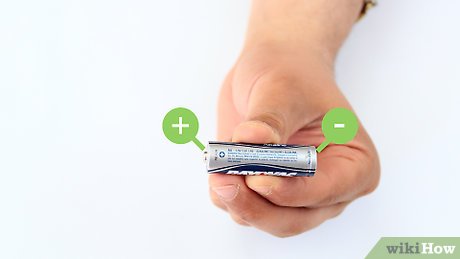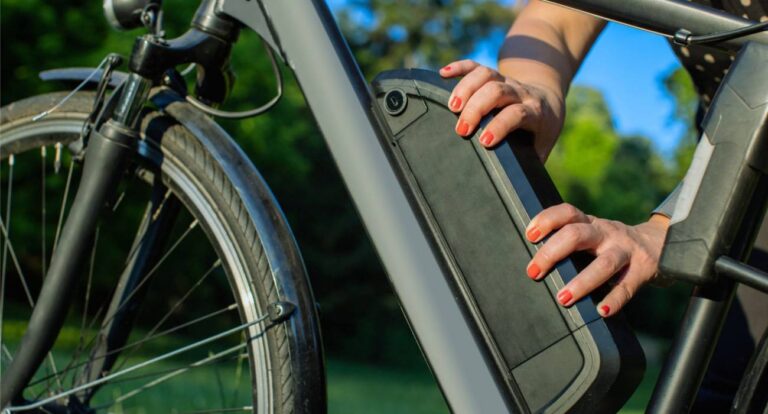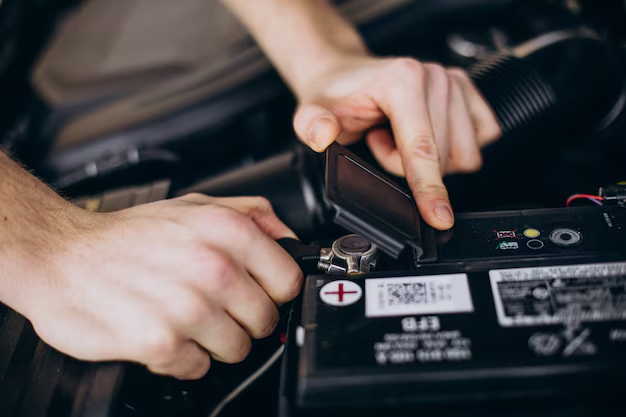How to Charge Something Without the Right Charger?
We’ve all been there. You need to charge your device, but the original charger cannot be found. Maybe it’s lost, or broken, or you just forgot to pack it. Don’t worry! Charging something without the “right” charger isn’t the end of the world. With a little creativity and some basic know-how, you can power up your gadgets safely. Let’s dive into some smart and practical solutions.

How to Charge a Battery Without the Right Charger: A Creative Guide
1. USB Ports to the Rescue
Almost every modern device charges via USB, and you likely have access to USB ports everywhere—from laptops to gaming consoles, even TVs! Use a universal USB cable with interchangeable heads (USB-C, Lightning, or Micro-USB) to match your device.
Pro Tip:
If your device charges slowly, it might be because the USB port provides lower power output compared to a wall charger. Be patient—it gets the job done!
2. Wireless Charging (If Your Device Supports It)
Many smartphones, earbuds, and smartwatches now support Qi wireless charging. If you don’t have your usual wireless charging pad, check for alternatives like your friend’s charger, public wireless chargers, or multi-use charging hubs.
DIY Hack:
Some cars or furniture now come equipped with built-in wireless charging pads—give it a shot!
3. Use an Old Charger with an Adapter
Dig through your junk drawer and find an old charger. Chances are, you can make it work with the help of a converter or adapter. For example, if your device uses USB-C but you only have a Micro-USB charger, a simple converter can save the day.
Important:
Make sure the output voltage and amperage of the old charger match your device to avoid damage.
4. Power Banks Are Life Savers
If you’re on the go, a power bank is your best friend. These portable chargers come with multiple outputs, so even if you don’t have the “right” cable, you can usually find an alternative.
Pro Tip:
Invest in a power bank with swappable connectors or one that includes multiple built-in cables for ultimate convenience.
5. Charge from Another Device
Some gadgets can share power! Use your friend’s phone, a laptop, or even a tablet to juice up your device. This works with reverse wireless charging (on compatible devices) or via OTG (On-The-Go) cables that let one device act as a power source for another.
6. Go Old-School with DIY Charging Hacks
If you’re feeling adventurous, there are some last-ditch DIY methods you can try:
- 9-Volt Battery Method: You’ll need a 9V battery, some wires, and the right connector for your device. This hack requires caution but can give you a quick boost in emergencies.
- Solar Chargers: If you’re outdoors and don’t have access to power, solar panels designed for charging small devices can work wonders.
7. Borrow, Trade, or Share
If you’re out and about, ask around! Friends, coworkers, or even strangers might have the exact charger or cable you need. In many cases, stores and public spaces like airports or cafés offer charging stations.
8. Keep a Universal Charging Kit Handy
To avoid this problem in the future, invest in a universal charging kit. These kits come with multiple adapters and connectors, ensuring you’ll never be stuck again—no matter the device or charging port.
Ever had your camera or phone battery die at the worst moment? It’s even more frustrating when the charger is miles away or simply unavailable. Here’s a step-by-step guide to safely charging your battery in unconventional situations—perfect for emergencies when you just need enough juice to keep going.

Core Principles of Safe Improvised Charging
- Trickle Charging is Safe: Low current (like 0.5 amps) prevents overcharging and damage.
- Lightbulbs as Current Regulators: Small incandescent bulbs, like Christmas lights, can act as improvised current limiters.
Improvised Charging Methods
1. Hands-On Charging
- Use alligator clips or hold wires directly onto your battery terminals.
- Monitor temperature with your finger (“T” terminal often regulates heat). If the battery gets hot, disconnect immediately.
- Wear eye protection and be alert for anything unusual.
2. Charging From a Car Battery (Using Lightbulbs)
- Use 2-3 mini lightbulbs in parallel to limit current when connecting a car battery to your smaller device battery.
- For example: A car battery (~13V) charging a 7V camera battery can use the lightbulbs to safely regulate current to ~0.5 amps.
- Warning: Connect the correct polarity and supervise at all times. Overcharging can cause fires or explosions.
3. Charging From Any DC Source with a Resistor
- Find a DC source and calculate the resistor needed using Ohm’s law.
- Example: Repurpose a toaster or hair dryer heating element as an improvised resistor.
- Lightbulbs are often the best current limiter because their resistance increases as they heat up, preventing excessive current flow.
4. Using a Bench Power Supply
- Set the voltage and current limits on your bench power supply.
- Example: For a 7.2V Li-ion battery, set the current limit to 500mA and voltage to ~8V.
- Always double-check connections and monitor the process closely.
Important Safety Tips
- Never leave batteries charging unattended.
- Avoid fully charging a battery unless you know the exact charging specifications.
- Stop charging if the battery feels hot or begins to swell.
- Be cautious with car batteries—they emit hydrogen gas, which is flammable. Charge in a well-ventilated area and avoid sparks.
- Wear eye protection and avoid inhaling fumes if anything goes wrong.
Key Takeaway: Charge Enough to Get Back to Work
Improvised charging isn’t about perfection. The goal is to get enough power to resume using your device until you can access the proper charger. Charge for 10-15 minutes, monitor the process, and stop as soon as you can safely use your camera or phone.
With creativity and care, you can overcome the challenge of being stuck without the right charger. Just remember, safety first!
Final Thoughts
Charging something without the right charger doesn’t have to be stressful. Whether you’re using USB ports, adapters, power banks, or even alternative charging methods, there’s almost always a solution. Just remember to be cautious with DIY hacks and ensure the power source is safe and compatible.
With a little ingenuity, you can keep your devices running—even when your usual charger is MIA. Next time, consider adding a portable charger or universal cable to your tech arsenal. Trust us, your future self will thank you!



